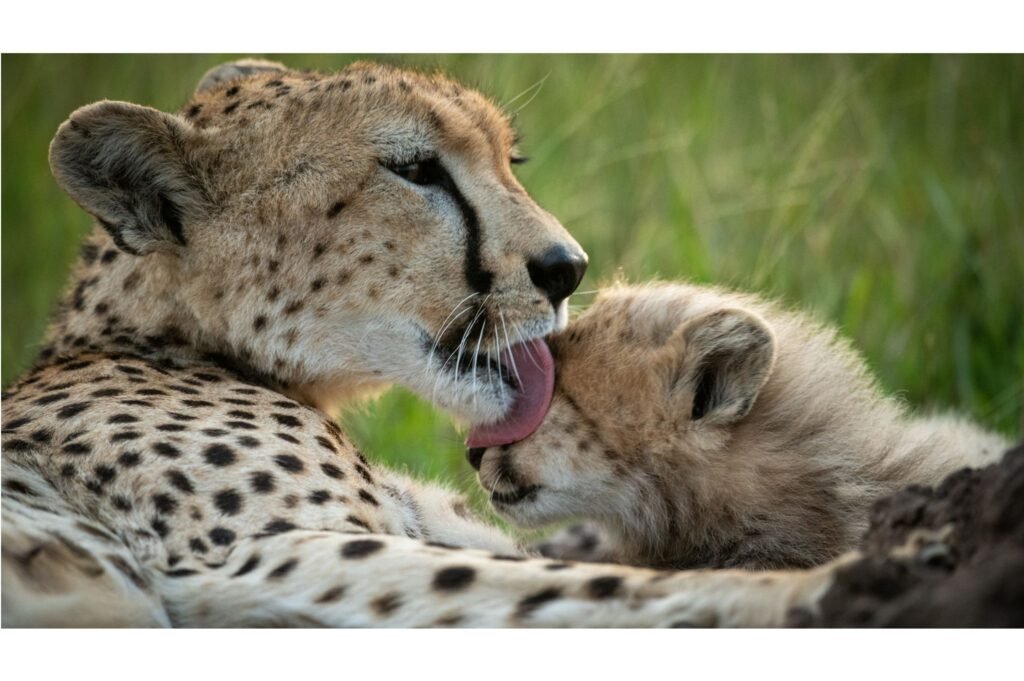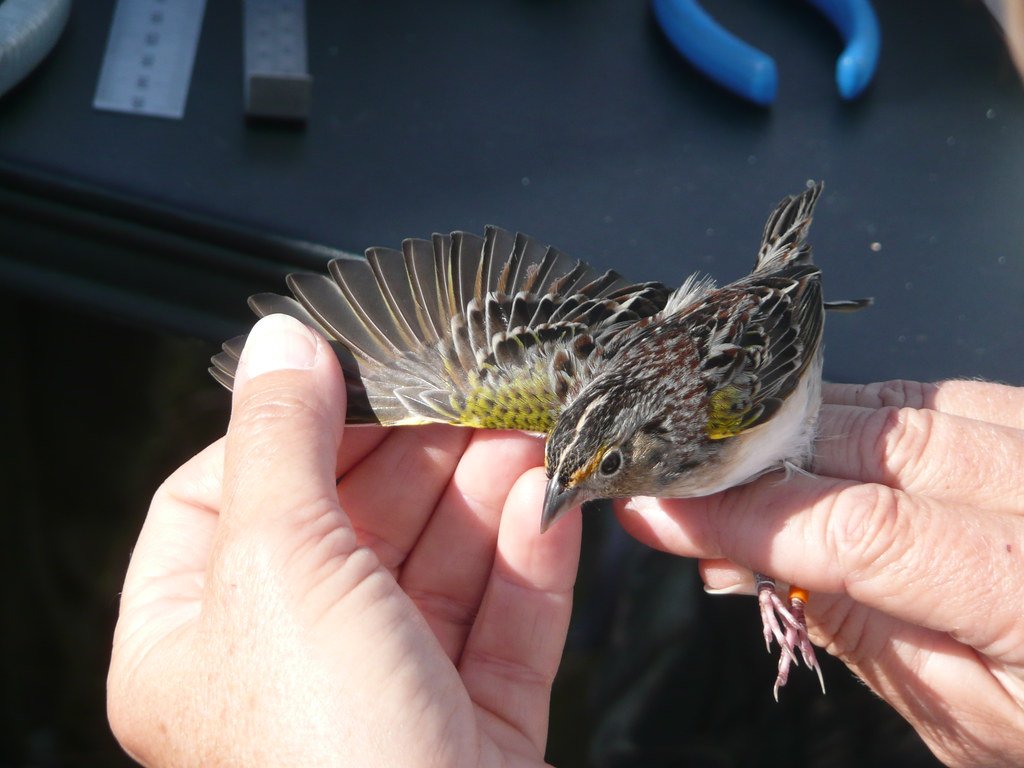The incredible speed of the cheetah has long captivated the human imagination, raising questions about how and why these majestic creatures have evolved to become the fastest land animals on Earth. Understanding the evolution of their speed involves examining their physical characteristics, habitat, hunting strategies, and the evolutionary pressures that have shaped their development over millennia. This article explores various aspects of what makes cheetahs exceptional runners and how their evolutionary journey has created this unique ability.
Anatomy Built for Speed

The unmatched speed of the cheetah, capable of reaching up to speeds of 60 to 70 miles per hour, is primarily due to its specialized anatomy. Their slender bodies and lightweight frames minimize air resistance and facilitate rapid acceleration. Cheetahs possess a unique skeletal structure, with an elongated spine and highly flexible shoulder blades and hip joints. These features allow for an extended stride, which is crucial for covering vast amounts of ground rapidly.
Their muscle composition also contributes significantly to their speed. Cheetahs have a higher proportion of fast-twitch muscle fibers, which provide powerful bursts of speed. Their large nasal passages and lungs, along with an enlarged heart and liver, enable efficient oxygen uptake, essential for sustaining such intense bursts of energy. Unique adaptations like semi-retractable claws offer greater traction while running, similar to the cleats worn by human athletes.
The Role of Habitat and Prey

The grasslands and open savannas of Africa, where cheetahs predominantly live, provide an ideal environment for swift hunting pursuits. Their habitat is typically expansive with relatively few obstacles, allowing them to chase prey with minimal hindrance. Cheetahs’ typical prey, such as gazelles and other small to medium-sized ungulates, are also swift runners, necessitating high-speed chases for successful hunting.
In these environments, speed becomes a decisive factor in survival. Cheetahs rely on their ability to outrun, rather than outmuscle, their prey. This reliance on speed over strength has directed their evolutionary development towards enhanced velocity and agility, over other predatory traits typically exhibited by more muscular big cats.
Evolutionary Pressures and Advantages

The evolutionary journey of the cheetah is characterized by pressures that favored speed as a critical survival trait. These pressures include competition with other predators like lions and leopards, which are stronger but slower. By specializing in speed, cheetahs have carved out a niche that reduces direct competition for prey.
However, the focus on speed comes with trade-offs. Cheetahs are less effective in close combat with other predators and are therefore more vulnerable to scuffles. They depend heavily on stealth and the element of surprise to approach prey as closely as possible before initiating a chase, which gives them an evolutionary advantage despite their physical shortcomings in terms of strength.
Genetic and Evolutionary History

Genetic studies indicate that the modern cheetah population is descended from a relatively small number of ancestors, resulting from historical bottlenecks. At several points in their history, cheetahs have faced drastic population declines due to climate changes and other ecological shifts, only to rebound due to their specialized adaptations.
Over time, the cheetah has undergone significant genetic changes that have streamlined its body for speed. Some scientists believe that, during periods of low genetic diversity, the selection pressure on speed was even more pronounced, reinforcing their development as sprinters capable of chasing down some of the fastest prey on the planet.
Challenges and Conservation

Despite their incredible adaptations, cheetahs face numerous challenges that threaten their survival. Habitat loss, human-wildlife conflict, and low genetic diversity remain critical issues. Conservation efforts are focused on preserving their natural habitats and ensuring the survival of the species by maintaining genetic diversity and mitigating human impact.
Understanding the evolutionary background of cheetahs is vital for developing effective conservation strategies. Efforts are being made to monitor genetic health, protect ecological corridors that allow safe migration, and promote coexistence between human populations and cheetah habitats.
Conclusion

The evolution of speed in cheetahs is a remarkable example of how species adapt to their environments to survive and thrive. Their anatomical adaptations, hunting strategies, and unique evolutionary history have all combined to create the fastest land animals on Earth. As we continue our efforts to conserve this incredible species, appreciating their evolutionary journey offers insights not only into their past but also into the requirements for ensuring their future.




